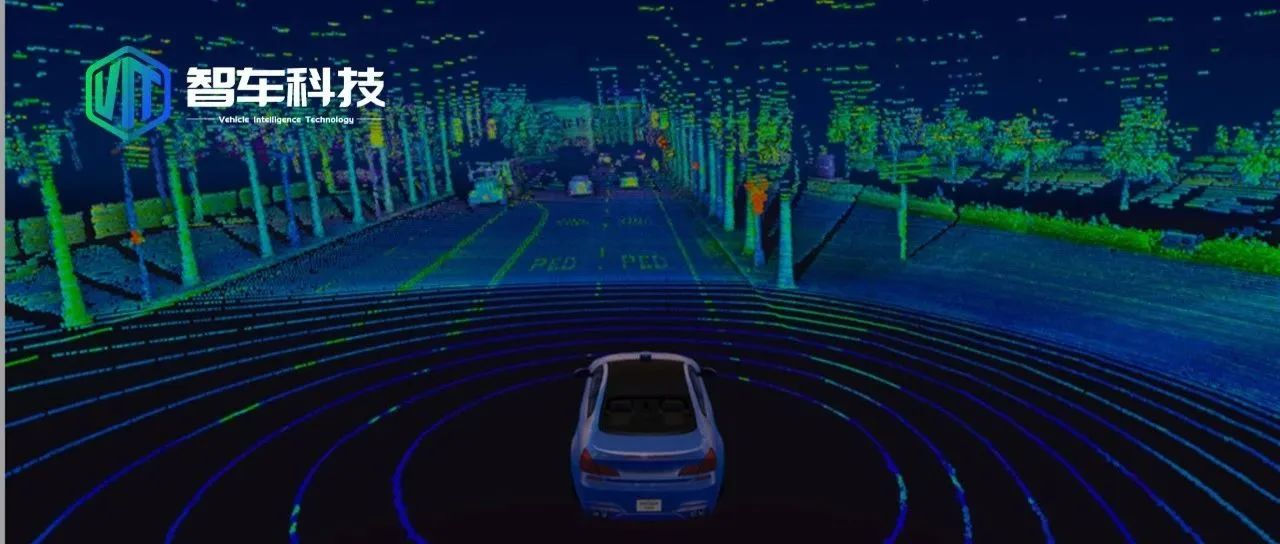Introduction
Recently, 4D millimeter-wave radar has become the focus of the market. This is not only because domestic RisingAuto R7 and Ideal L7 Pro have begun to use 4D millimeter-wave radars, but also because Tesla will start to use 4D millimeter-wave radar on its fourth generation intelligent driving system hardware platform. The deployment of domestic car companies is not surprising, but Tesla has always been a staunch supporter of the pure visual solution. This time, the deployment of 4D millimeter-wave radar will be a major change for its entire autonomous driving system. According to information revealed online, Tesla will use a self-developed 4D millimeter-wave radar on its autonomous driving hardware platform. The radar will adopt a solution of dual-chip cascading radar + Xilinx Zynq MPSoC processing platform (FPGA), becoming the biggest highlight of Tesla’s next generation autonomous driving system hardware platform.
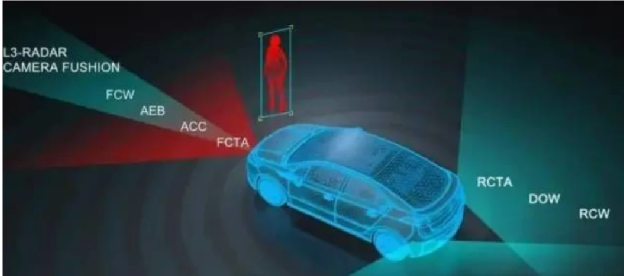
Advantages of 4D Imaging Radar
For autonomous driving systems, if the computing power demand can be solved by improving the performance of the chips, then perception of the surrounding system is the most important and the most difficult to solve. Currently, sensing devices used by automakers are mostly cameras, lidars and millimeter-wave radars.
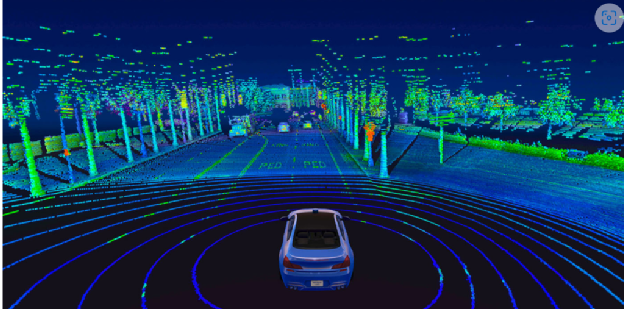
As mentioned above, Tesla is the staunchest supporter of the pure visual solution. Tesla believes that with hardware updates to the camera and continuous optimization of its algorithms, high-level autonomous driving relying solely on cameras can be achieved. Most importantly, compared with lidar, cameras are low-cost and easy to deploy, but their detection range is limited and their night detection ability is weaker, making it difficult for cameras to bear the heavy responsibility of autonomous driving’s situational perception by themselves.
As for lidars, although they have a long sensing range and high resolution, the high cost and installation restrictions have prevented them from becoming the first choice of automakers. Especially in terms of cost, currently, solid-state lidars still cannot meet the target price of automakers.For the widely used millimeter-wave radar on vehicles, there are some main shortcomings such as difficulty in recognizing crossing vehicles and pedestrians, easy emergency brake and low resolution for close and distant targets. However, considering its cost and function, it is currently one of the most relied-upon sensors for automatic driving/ driving assistance systems.
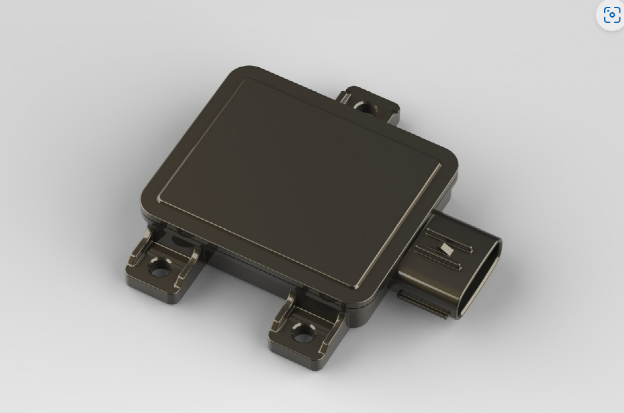
In this case, 4D millimeter-wave radar comes into being. Compared with traditional vehicle-mounted millimeter-wave radar, thanks to the rapid development of millimeter-wave chip technology, 4D millimeter-wave radar not only has high resolution but also has undergone qualitative changes in detecting target distance, speed, horizontal orientation and vertical orientation, which significantly improves the accuracy of obstacle recognition. In addition, 4D millimeter-wave radar can achieve multi-sensor front fusion and point cloud fusion, leading to a significant reduction in missed/detected false alarms. It is worth mentioning that 4D millimeter-wave radar has sufficient cost advantages over lidar, which determines that it will have plenty of room for development in the future.
Applications of 4D Millimeter-wave Radar
In the future, 4D imaging radar will become one of the cost-effective options between pure vision and lidar high-end configuration.
For 4D millimeter-wave radar, one of the most important future applications is to replace lidar. It will be the future key to determine the entire industry of 4D millimeter-wave radar to continuously upgrade its performance so that it can be more closely related to lidar in terms of performance and take over lidar in some scenarios, helping automakers save hardware costs for automatic driving systems.
In addition, in the currently popular field of intelligent parking, 4D millimeter-wave radar may have slightly lower performance compared to forward-looking millimeter-wave radar, but it can effectively compensate for the shortcomings of ultrasonic radar ,and take the responsibility of better surrounding situation perception in low-speed scenarios, makes the vehicle perform more accurately in identifying pedestrians and automatic braking.## Can Mobileye turn the tide with 4D millimeter-wave radar?
Besides Tesla, Mobileye has also been making moves in 4D millimeter-wave radar.
As we all know, in the field of autonomous driving in recent years, Nvidia and Qualcomm’s strong rise has caused Mobileye to lose many traditional customers, and its market share has declined. But with the more stable financing platform obtained by its successful listing last year, Mobileye will inevitably strengthen its products, and 4D millimeter-wave radar may be one of the areas where Mobileye will focus on breakthroughs. According to Mobileye’s official announcement, it has already reached a cooperation agreement with Wistron NeWeb Corp. to produce 4D millimeter-wave radar defined by Mobileye’s software. The redesigned radar is expected to be mass-produced in two years.

Different from other companies entering the field of 4D millimeter-wave radar, more enterprises actually only have hardware development capabilities, while Mobileye’s biggest advantage is not only its software development capabilities, but also its status as a provider of a complete set of solutions for autonomous driving. For many vehicle manufacturers without the ability to develop autonomous driving systems, simply purchasing a 4D millimeter-wave radar has no effect, and this device can play a bigger role only in the hands of system development suppliers like Mobileye, together with cameras and other sensing devices.
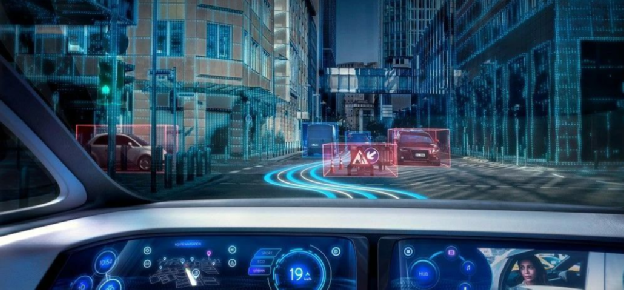
According to Mobileye’s development goals, this 4D millimeter-wave radar based on the self-developed SoC + radar data algorithm by Mobileye can provide 4D images for objects within 400 meters, with a medium-range visual field of 140 degrees and a short-range visual field of 170 degrees. After subsequent deep learning training, the automatic driving control system can recognize and classify targets from the object outlines obtained by the 4D radar.In the future, Mobileye will provide users with a cost-effective L4 solution, which only requires a high-resolution front FMCW lidar, while the remaining perception can be handled by the 360-degree surround-view cameras and 4D imaging radar. This not only greatly reduces the cost of vehicles, but also equips the entire car with redundant perception combinations of 4D imaging radar and lidar, greatly improving the reliability and accuracy of surrounding situation recognition, thereby significantly increasing driving safety.
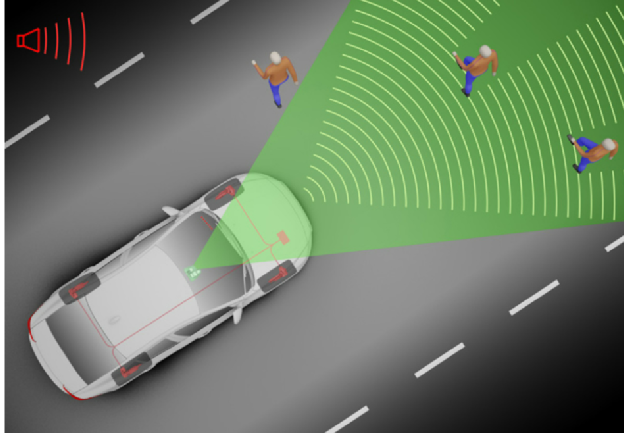
As Tesla, NIO, and XPeng have all entered the fiercely competitive autonomous driving field, 4D imaging radar will undoubtedly have a place. Whether it is for millimeter-wave radar manufacturers or lidar companies, they need to plan ahead for this trend. However, through Mobileye’s solution, it can be seen that simply doing a good job in 4D millimeter-wave radar hardware is not the ultimate goal of enterprises. The key to obtaining the greatest benefits for relevant enterprises is to be able to handle software and hardware integration well and provide better technical solutions for entire vehicle companies.
This article is a translation by ChatGPT of a Chinese report from 42HOW. If you have any questions about it, please email bd@42how.com.
